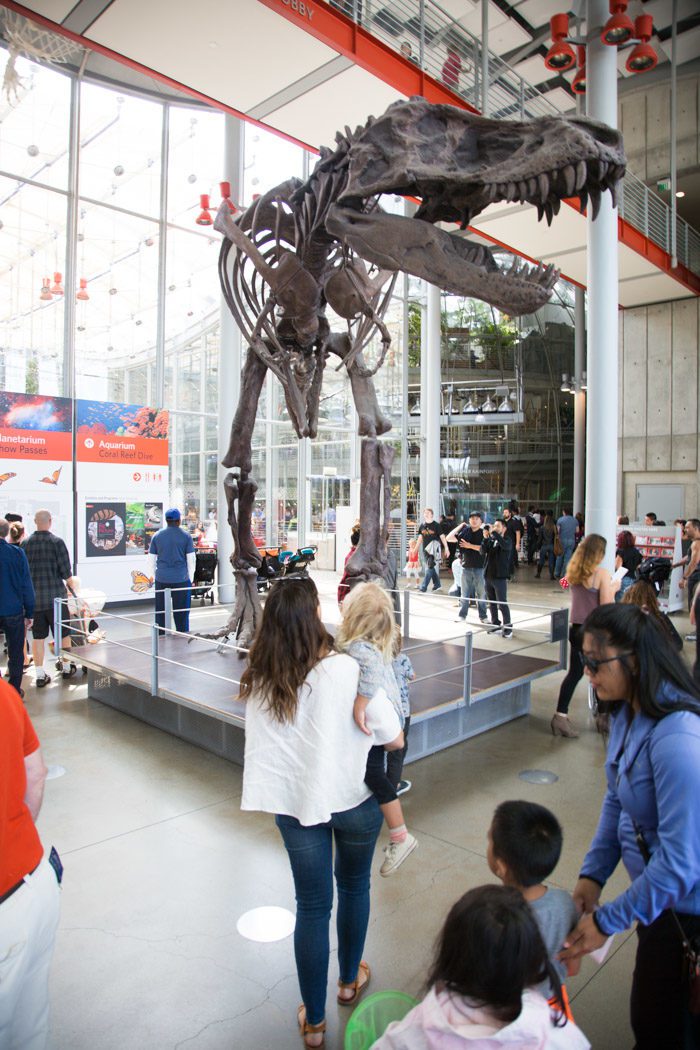
Lately, our daytrips to San Francisco seem to take us beyond downtown, toward the ocean and the less crowded streets of the Outer Sunset, as well as into the green spaces of Golden Gate Park. That included, recently, a stop into the California Academy of Sciences. Hudson had asked if there were anywhere nearby to see a T-Rex skeleton.
Originally a natural history museum—it opened in the 19th century and moved to Golden Gate Park in 1916—the museum now also houses a planetarium, aquarium, and a rainforest and is a worthy (if pricey) family destination.
There’s a lot to see and the crowds are often thick, so we gleaned some tips for visiting…
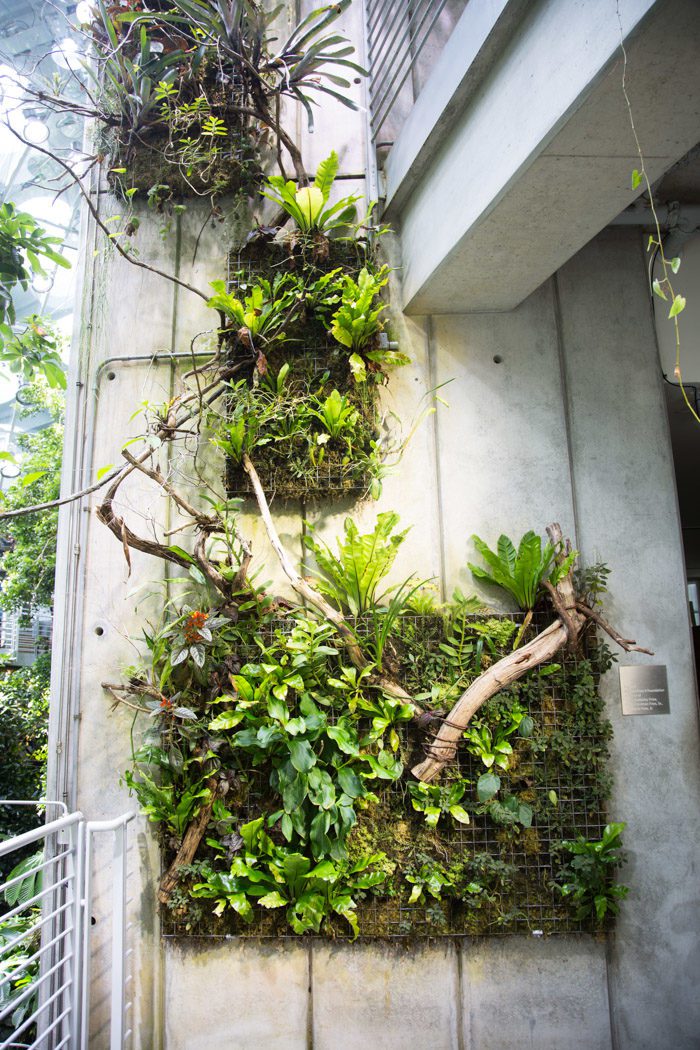
Buy tickets online. You can skip the long line to get into the museum, and avoid the occasional busy-day surcharge.
Consider becoming a member. If you’re local or anticipate going at least 4 times in a year, a membership might be a wise investment.
Or try to visit for free. There are free days for everyone on four Sundays out of the year; and SF residents have free access on some days based on their neighborhood. (Here’s the schedule!) The entry fee is also included in the price of an SF CityPass or an SF Card.
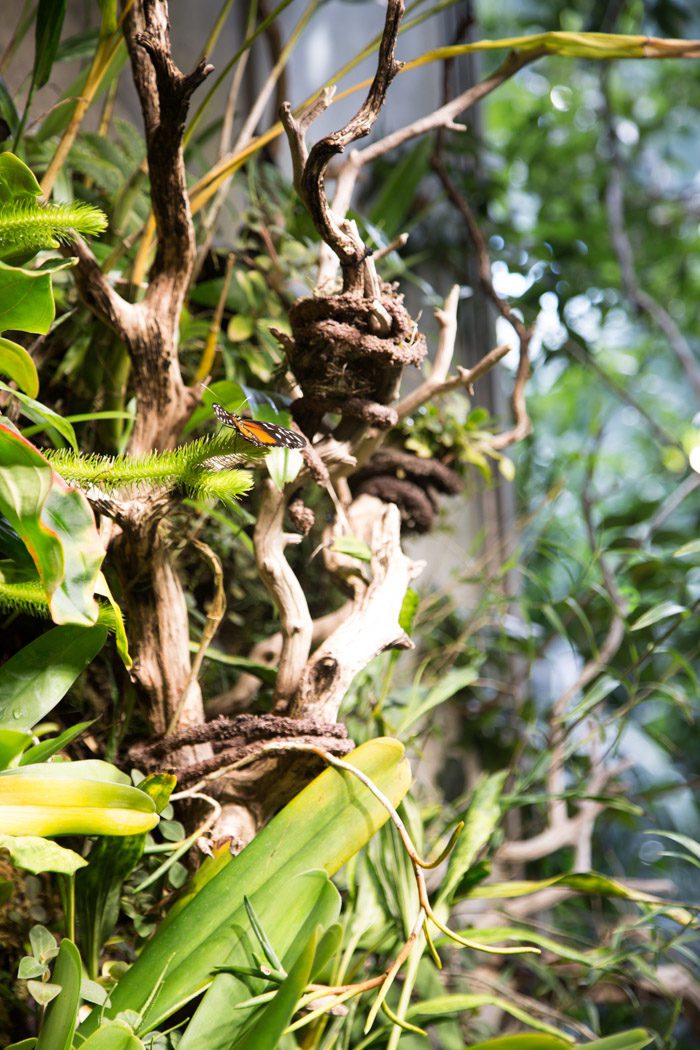
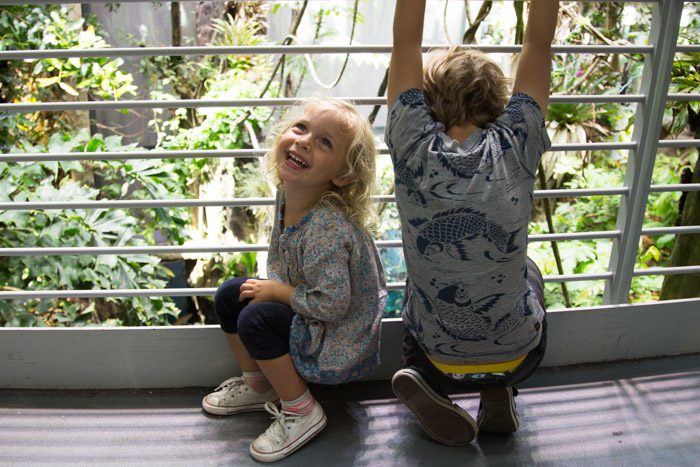
Explore the Osher Rainforest. There’s a steamy, four-story rainforest that makes up the core of the building, housed in a 90-foot glass dome. It’s a great place to warm up on a chilly day in the Bay, but be sure to be dressed in peel-able layers if you want to linger.
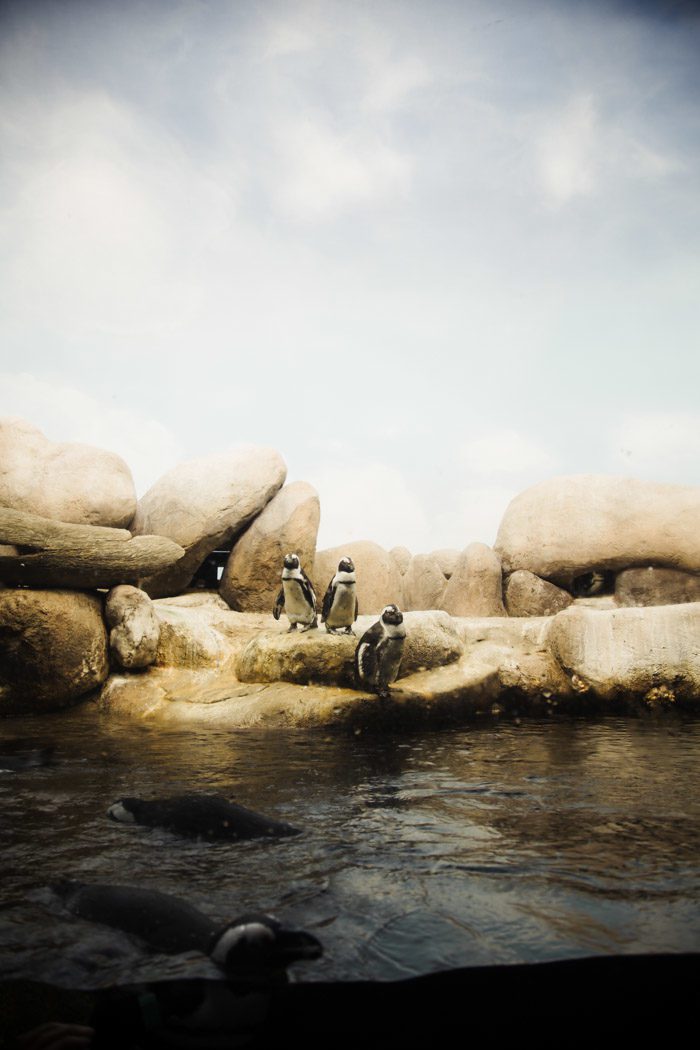
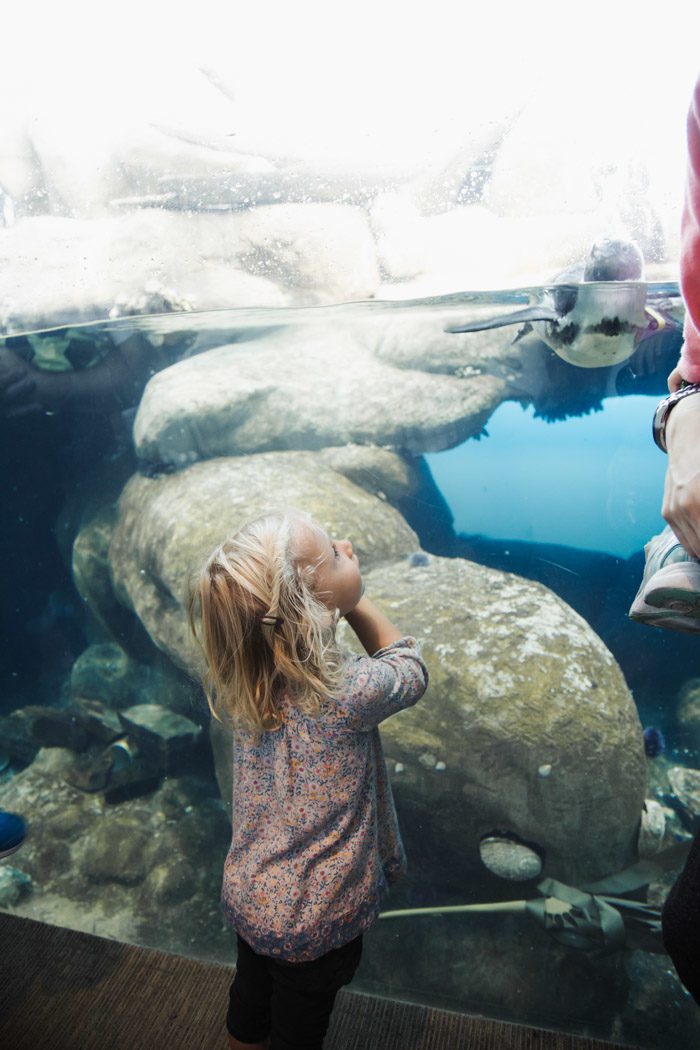
Check out the Steinhart Aquarium. Here you’ll find “the world’s deepest indoor living coral reef, an albino alligator, a colony of African penguins, a shark lagoon and more than 38,000 live animals representing over 900 species.” And toward the back of the California Coast exhibit, there are discovery touch-pools.
There are penguin feedings twice a day. The friendly little flightless birds also have their own webcam app.

Get (free) tickets for the Morrison Planetarium. Planetarium shows are best for ages 6 and over, so we didn’t go, but I hear they can fill up. As soon as you arrive, head around to the back of the Planetarium to the desk where they hand out the tickets for that day’s shows, then explore the rest of the museum. Faraway galaxies await if you’re quick.


Get shaken in the Kimball Natural History Museum. Dioramas of African landscapes and animals and exhibits on evolution frame this part of the museum, but most guests beeline it to the earthquake simulator, the Shake House. There’s usually a wait to go inside.
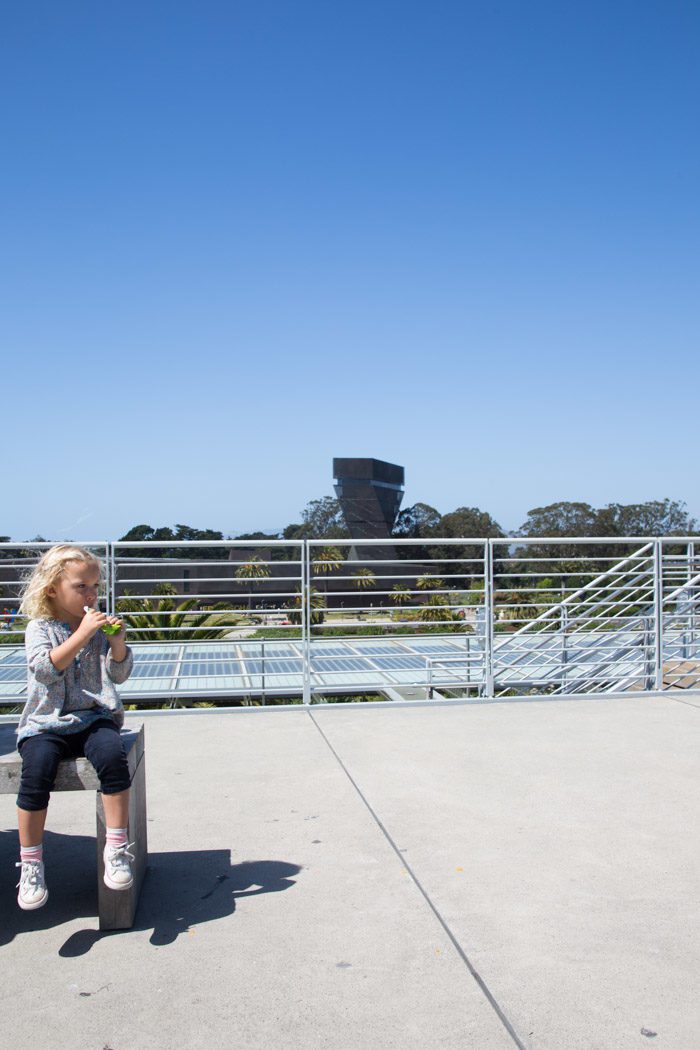
Check out the views from the rooftop living garden. (But note that the better city-views are from the observation tower across the way at the DeYoung.)
Visit the website for suggested age-based plans. There are parent tips and suggested activities by age. For the under-5 set, a visit to the Early Explorers Cove is perfect.

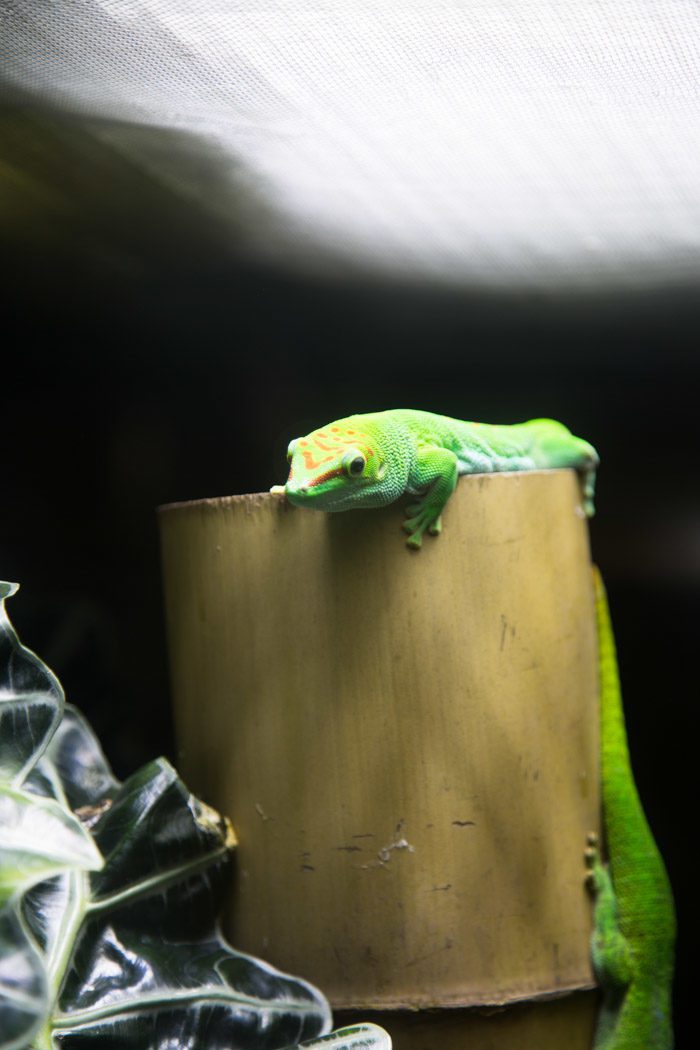
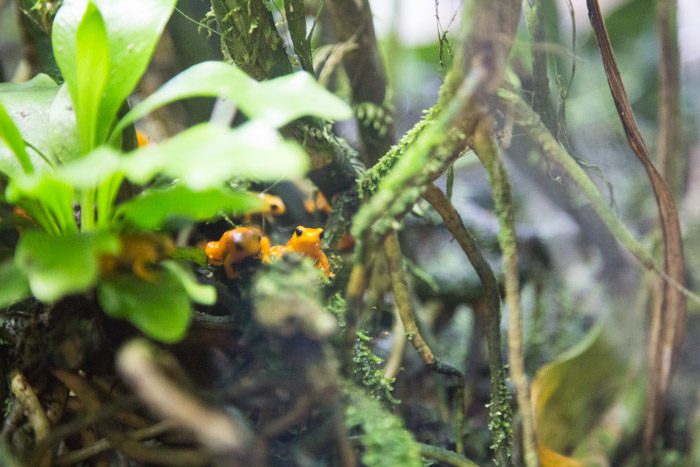
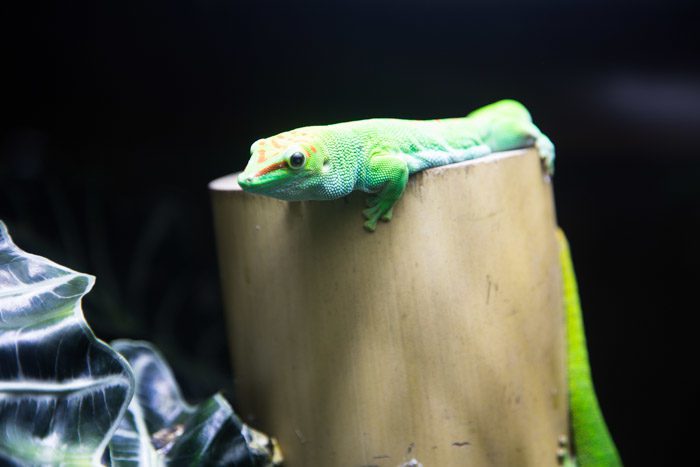
Avoid the crowds, if you can. Skip school holidays and weekends, if possible. The best times to go are during the school week, after 1:30 or 2pm when the field trip groups have departed. Otherwise get there first thing.
Take a break. The Naturalist Center on Level 3 is open to all visitors and you can browse the library and check out the puzzles when the main space gets overwhelming.
Or go after hours. On Thursday evenings the museum opens late to guests 21-and-over for NightLife from 6 to 9pm. Tickets are $15 and there are DJs and craft cocktails. The last entry into the rainforest is 7:45pm, so start there. And if your kids want to see the museum after dark, there are sleepovers offered every few months.
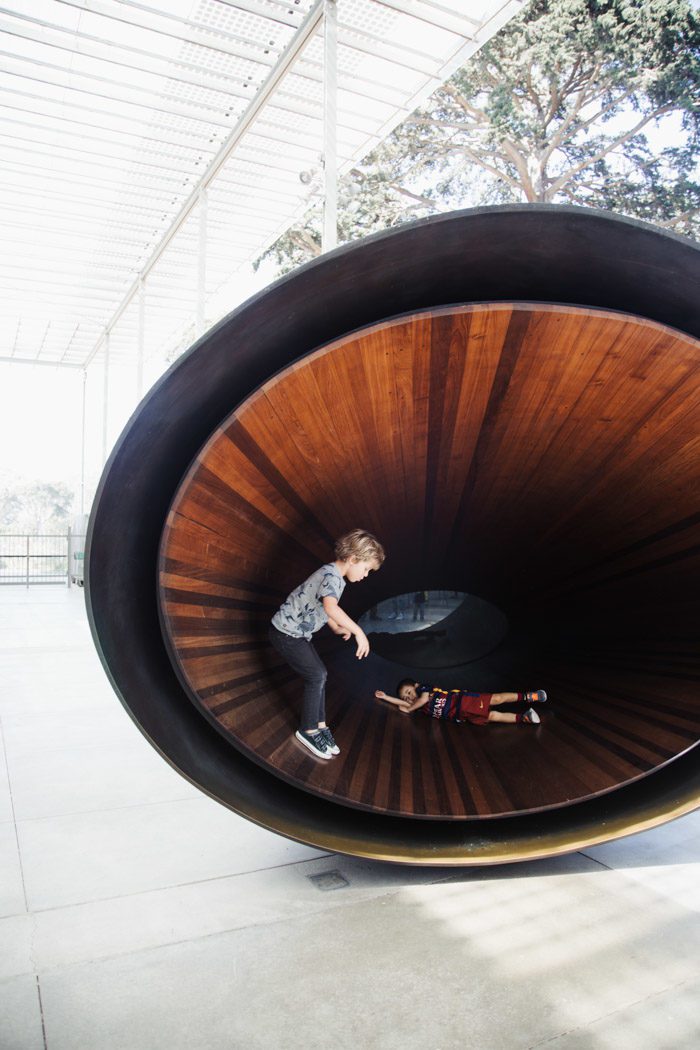
Where to Eat: The informal Academy Cafe is on the main level, and for around $10 you can choose noodles, dim sum, or make your own tostada. Downstairs there’s the fancier Moss Room, with full bar, or you can eat outside in the Academy Garden. Alternatively, grab tacos at Nopalito, just across from the park, or stop for Dim Sum in the Inner Sunset. (Here’s a SeriousEats guide for Golden Gate Park.)
Getting there: The museum is on MLK Drive in Golden Gate Park, across from the de Young Museum. From downtown, take the N Judah train, which usually runs every 10 minutes or the 7 MUNI bus, running about every 12 minutes (check the schedule). Otherwise, it’s a 5-mile drive or Uber/Lyft ride.
When you walk, bike, or use public transit, you can get a discount. There is a parking garage underneath the Music Concourse in front of the Academy. Space fills up fast on busy days.
Check out the daily calendar for events. It’s open 9:30am to 5pm, except Sundays when it opens at 11am. Members can get in an hour early on Tuesdays and Sundays.
Have you been? Any other suggestions to add?
P.S. Visiting the deYoung Museum with Kids and more posts about visiting San Francisco. Also, a guide to the Natural History Museum in New York.
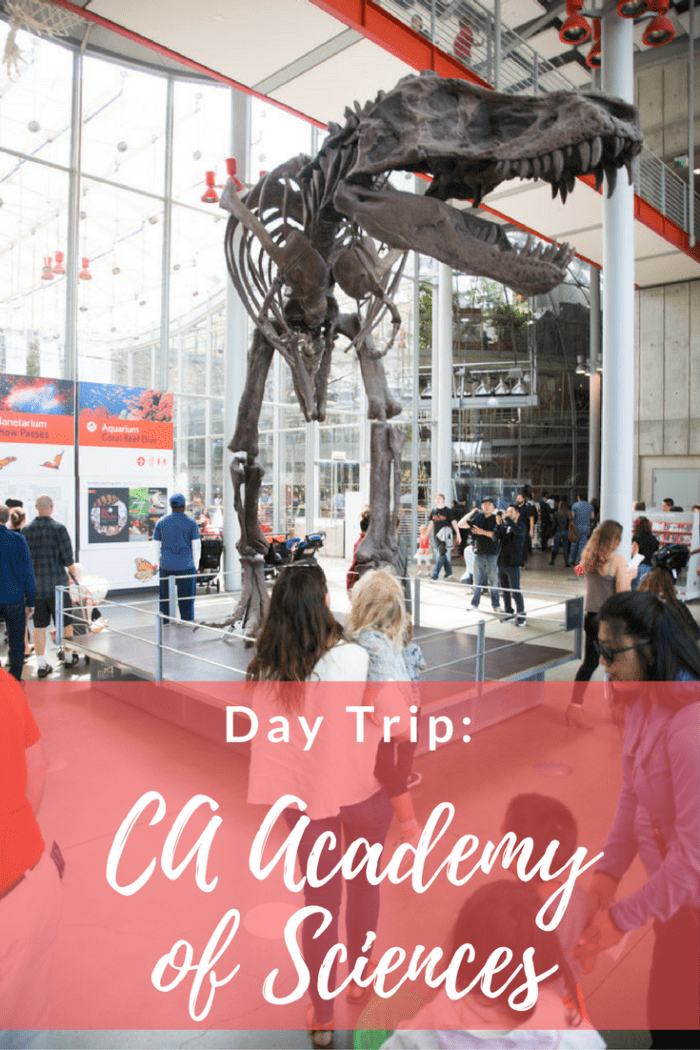


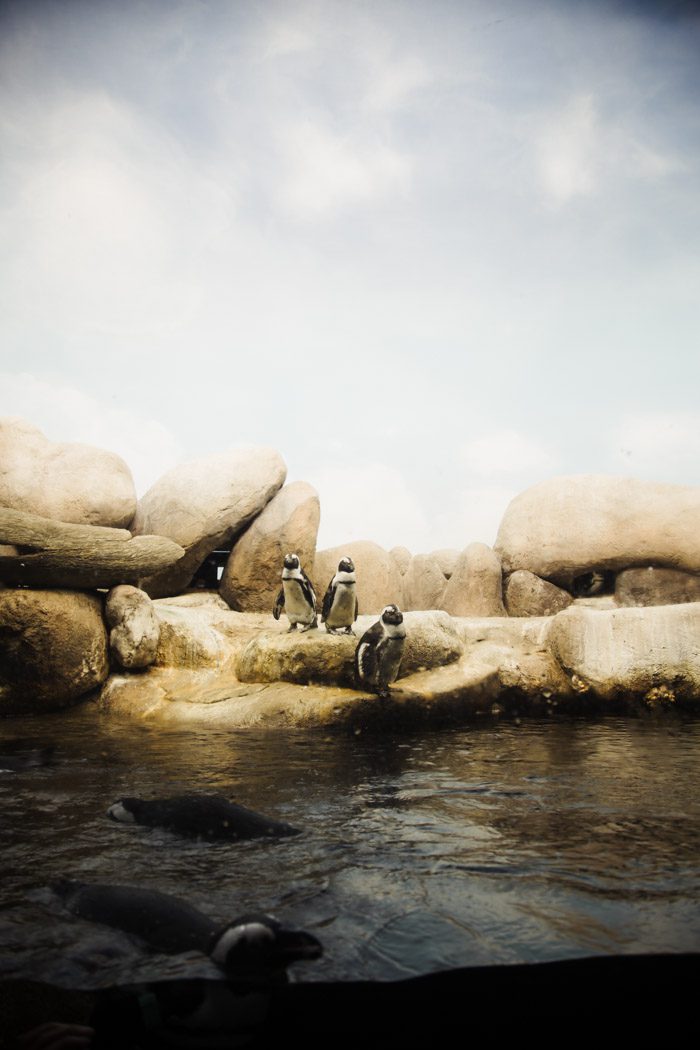
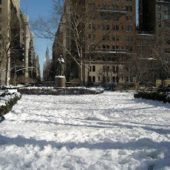
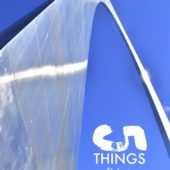

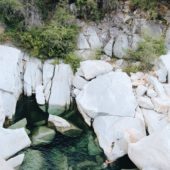
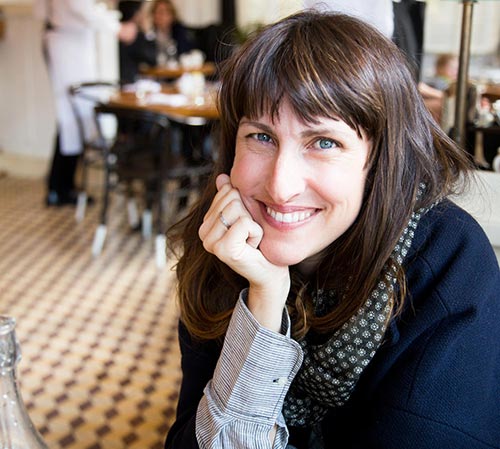





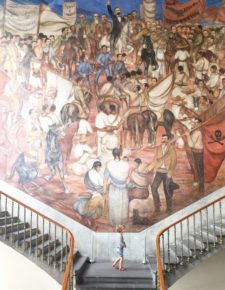


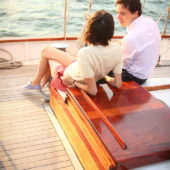
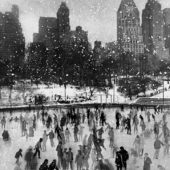






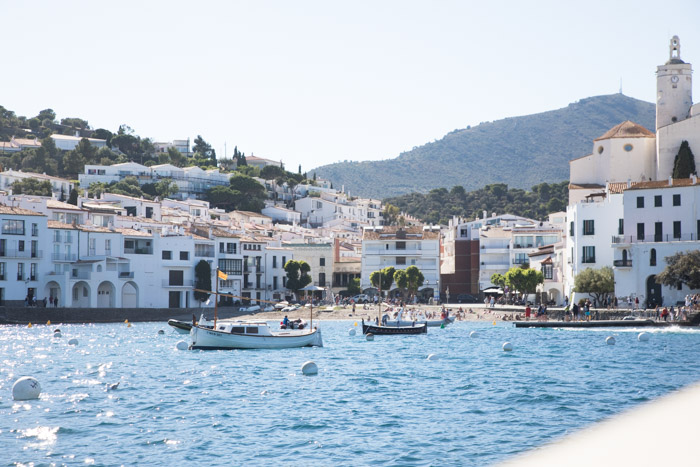


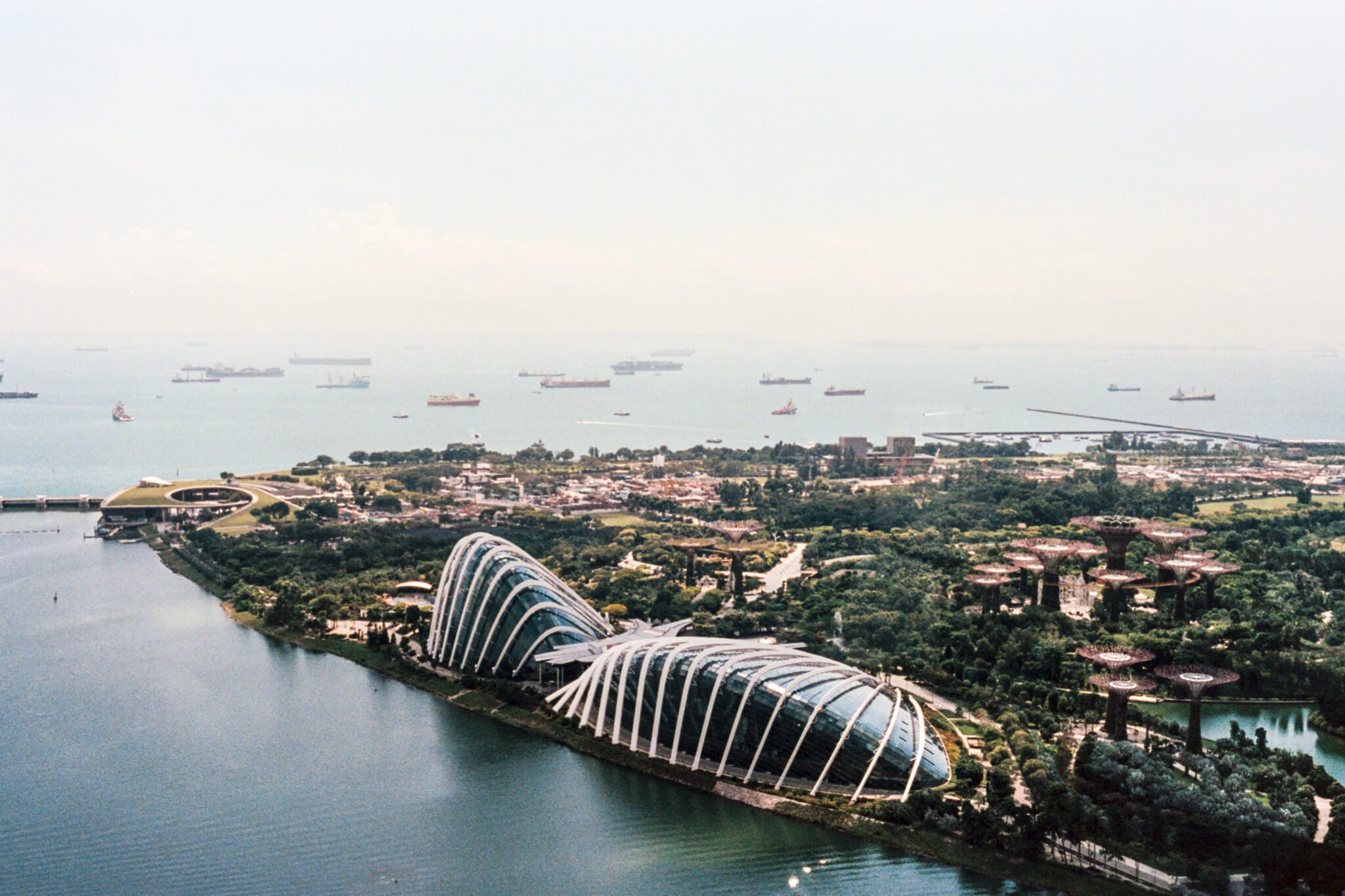
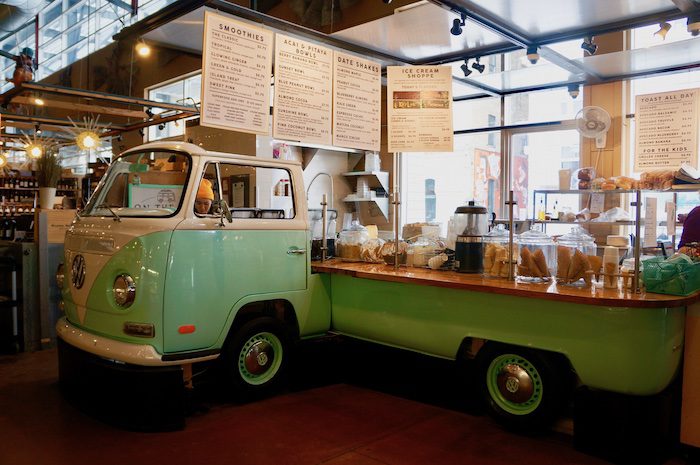
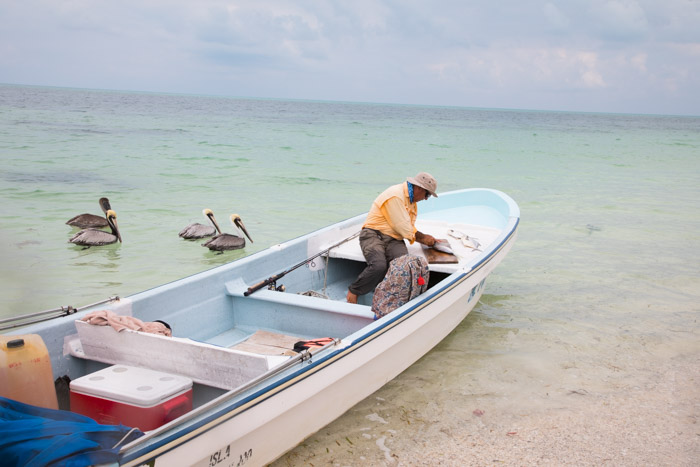
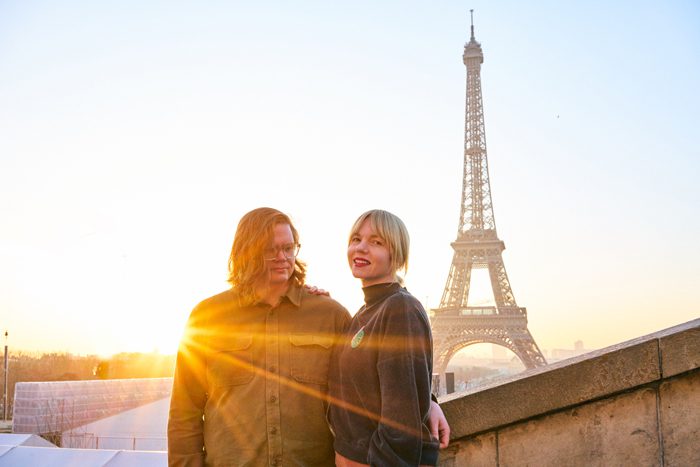
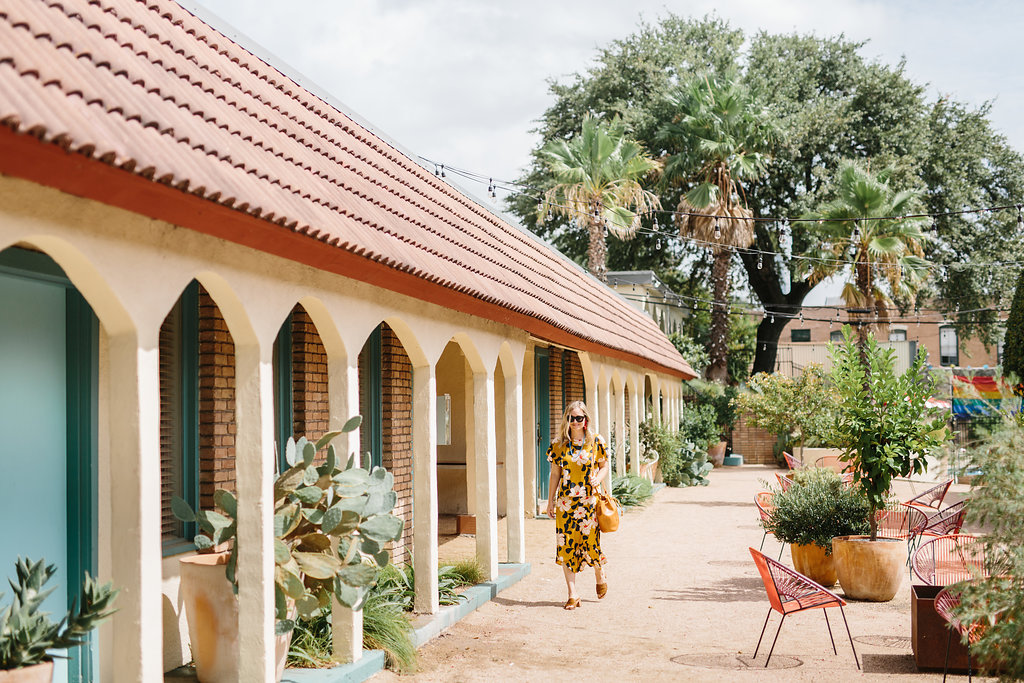



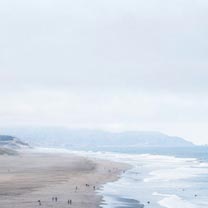


6 Comments